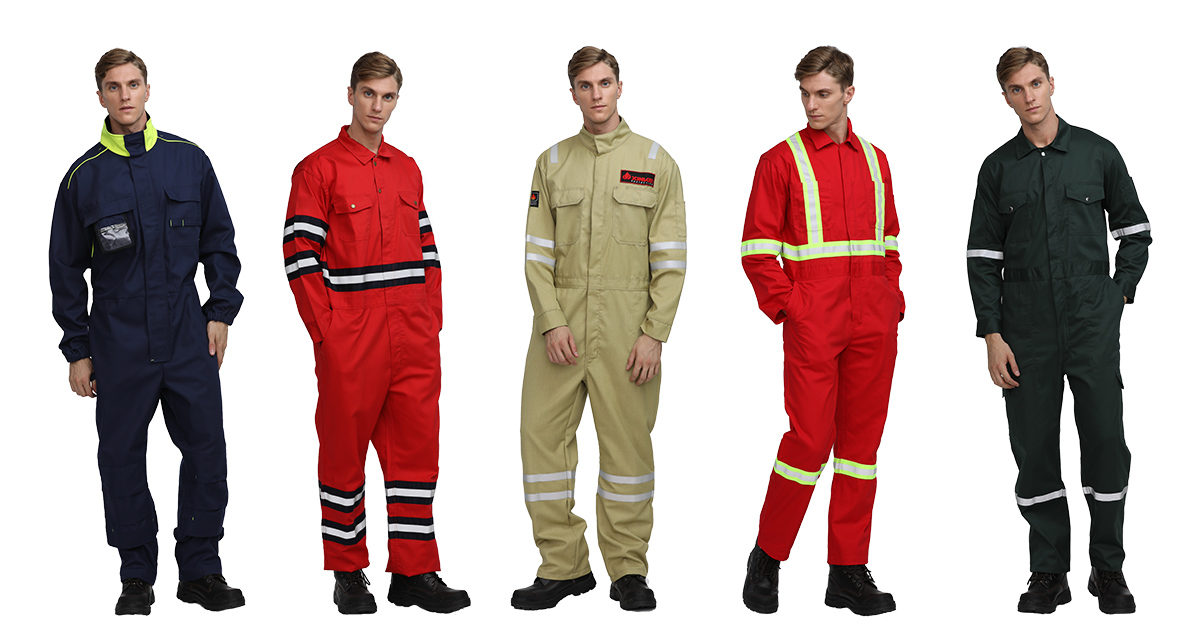

When To Replace The Fire Resistant Suit?
1. Worn appearance – Replace garments that have thin spots, holes, or excessive wear and abrasion, such as elbow or knee areas that can no longer be repaired.
2. Mechanical damage – Evidence of cuts, rips, tears, open seams and nonfunctional closures that can no longer be repaired indicate a garment needs to be replaced.
3. Noticeably altered – Garments that have been modified or altered in a manner that differs significantly from the original design should be removed from service.
4. Improper fit – If the garment is either too big or too small for the wearer, it should be replaced. If the garment is too big it can be a physical hazard, and if the garment is too small it loses some of its thermal protection. fire resistant suit should have a looser fit to allow the air gap between the wearer and the garment to help with insulation.
5. Heavily soiled – If there are flammable substances on a garment that cannot be removed by cleaning — such as solvents, solids, oils and other petroleum products — those substances represent a flammability risk. The presence of a petroleum or chemical odor can be evidence of a flammable substance. Clothing soiled with combustible or flammable chemicals should be handled by qualified individuals, using techniques approved for such materials, and in accordance with pre-established procedures. Failure to fully remove these chemicals could compromise the FR effectiveness of the garment.